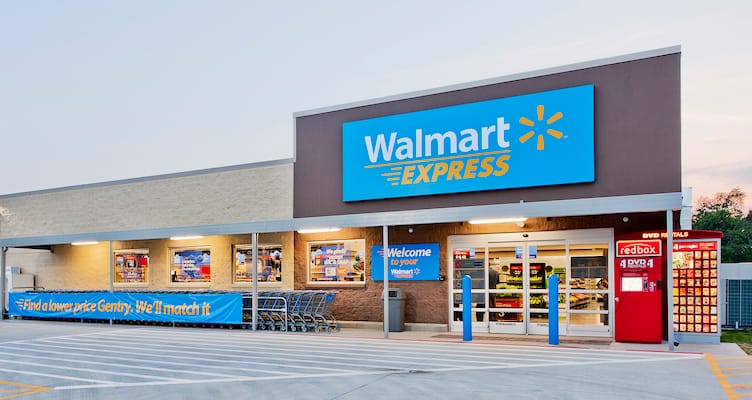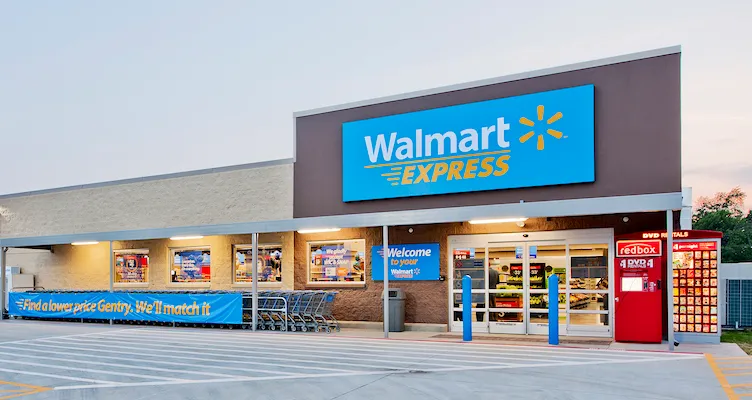
BENTONVILLE, Ark. — Walmart will close all of its Walmart Express small-format stores in the United States as part of a move to shut 269 stores worldwide.
The 154 U.S. store closings also include Walmart Neighborhood Markets, 12 Walmart Supercenters, seven stores in Puerto Rico, six discount centers and four Sam’s Clubs.
“The large majority of U.S. stores closing are Walmart Express stores,” Walmart president and chief executive officer Doug McMillon explained in an online question and answer session with company employees. “While we have learned a lot from this pilot, including a deeper understanding of the everyday needs of our customers, we have decided not to proceed with this offering. We feel we can better serve our customers by focusing on Supercenters and Neighborhood Markets and by investing in e-commerce and services like Pickup.”
The Walmart Express format, launched in 2011, most closely resemble a chain drug store, at least in store size. The outlets run around 15,000 square feet and carry groceries and general merchandise, as well as health and beauty products. Not all of them have pharmacies. The average chain drug store has about 11,000 square feet of selling space, and the comparably sized Walmart Express stores were seen as representing a potential threat to drug stores’ position as a quick-trip alternative to big-box discount and grocery stores.
Even without its Express format, Walmart remains a potent competitor for drug stores, ranking third among all retailers in prescription sales and first in over-the-counter drug sales.
And the retailer’s Neighborhood Market format offers an alternative to its more cavernous Supercenter outlets. The Neighborhood Market stores, all of which have pharmacies, average approximately 40,000 square feet and offer health and beauty aids along with fresh produce, meat and dairy products, bakery and deli items, and household supplies. Many of the stores have drive-through pharmacies, making them a convenient option for consumers making fill-in shopping trips. Walmart says it remains committed to the format, which made its debut in 1998.
Walmart has also emphasized that the announcement of store closings does not represent a retrenchment for the company. The stores set to close represent less than 1% of both its global square footage and its revenue, the company noted.
“Actively managing our portfolio of assets is essential to maintaining a healthy business,” McMillon said in a statement. “Closing stores is never an easy decision, but it is necessary to keep the company strong and positioned for the future. It’s important to remember that we’ll open well more than 300 stores around the world next year. So we are committed to growing, but we are being disciplined about it.”
The closings are the result of a store portfolio review announced in October, which was intended to ensure that Walmart’s assets were aligned with its strategy. Stores were evaluated on their financial performance as well as how they fit in with the company’s long-term plans, the company said.
Walmart emphasized that it will continue to invest in its future, with plans to open stores worldwide in the coming fiscal year. Domestically, Walmart intends to open 50 to 60 Supercenters and 85 to 95 Neighborhood Markets in Fiscal 2017, which begins February 1. In the same period, Sam’s Club plans to open in seven to 10 new locations. Internationally, Walmart intends to open between 200 and 240 stores during the coming year.







